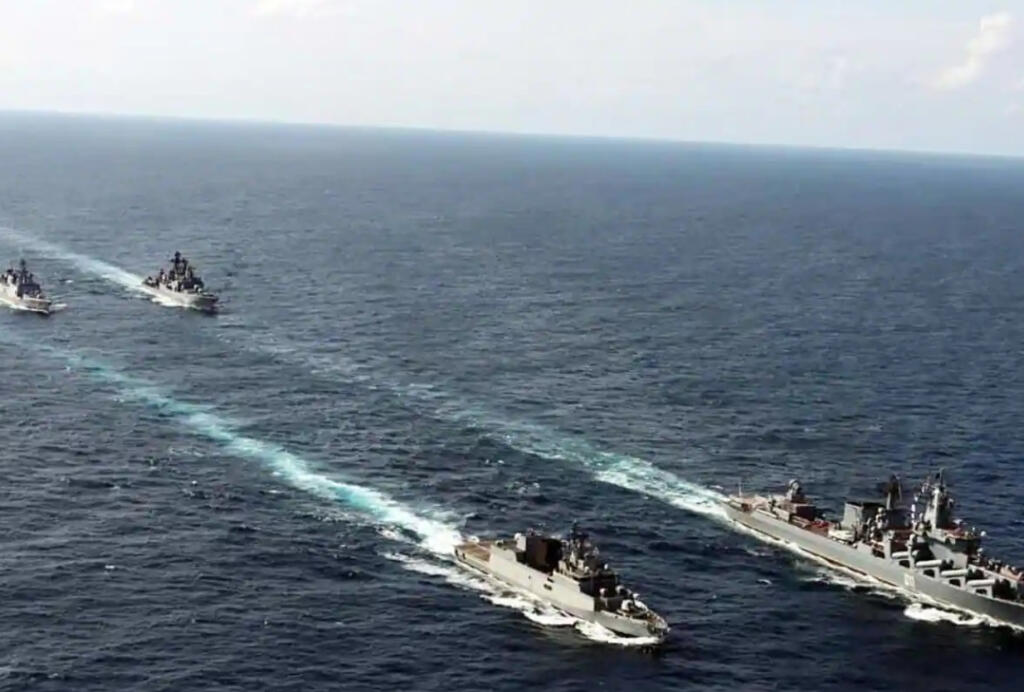The last two decades have witnessed Indian scientists making big strides into space as well as underground explorations. Expanding this legacy, our observation teams have now decided to traverse the Oceans in their quest of enriching India’s mineral wealth depository.
India to send Samudrayaan into the deep sea:
Just a year after sending its crew mission in space, India will be sending its first manned ocean mission into the deep sea in 2024. According to a statement by Jitendra Singh, Union minister of science and technology (S&T), a total of three scientists will be sent into the sea at a depth of 5,000 metres (5 kilometres) in search of buried mineral resources.
The mission has been named Samudrayaan and was launched on October 30, this year. Speaking at the launch event in Chennai, the S&T minister had underlined its significance for the country. Confirming that India is now among the elite club of nations Jitendra Singh had said, “With the launch of this Unique Ocean Mission, India joins the elite club of nations such as the USA, Russia, Japan, France, and China to have such underwater vehicles for carrying out subsea activities,”
Samudrayaan- A key component of Deep Ocean Mission:
Samudrayaan, which will be implemented by the National Institute of Ocean Technology (NIOT), is a part of the Deep Ocean Mission. A total of Rs 4,077 crores have been earmarked for this mission, which is slated to be spent over a period of five years.
The Deep Ocean Mission has six components
- Development of Technologies for Deep Sea Mining, and Manned Submersible
- Development of Ocean Climate Change Advisory Services
- Technological innovations for exploration and conservation of deep-sea biodiversity
- Deep Ocean Survey and Exploration
- Energy and freshwater from the Ocean
- Advanced Marine Station for Ocean Biology
Matsya 6000 will be carrying the mechanical burden of the mission:
A deep-submergence vehicle called Matsya 6000 is being prepared for the mission. Matsya 6000 has an endurance of 12 hours, but if any kind of exigency arises, its endurance can be extended to a total of 96 hours. It will be having the capacity to carry 3 scientists in a titanium-alloy sphere of 80mm thickness and 2.1-meter diameter. Matsya is being developed by NIOT along with partners like ISRO, IITs, and other eminent institutions.
Currently, under international laws, India can explore a total of 75,000 km2 in the Central Indian Ocean Basin. If planned and executed well, India will be able to extract 4.7 million tonnes of nickel, 4.29 million tonnes of copper, 0.55 million tonnes of cobalt, and 92.59 million tonnes of manganese.
Read more: Whoever controls the ocean, controls the landI
India is fortunate to be surrounded by ocean from 3 sides. Moreover, overall 30 percent of Indians live along with the coastal areas. After 70 years of ignorance, finally, the Modi government has stepped in to utilise vast underutilised resources. The mission will open a floodgate for further explorations in the future.
